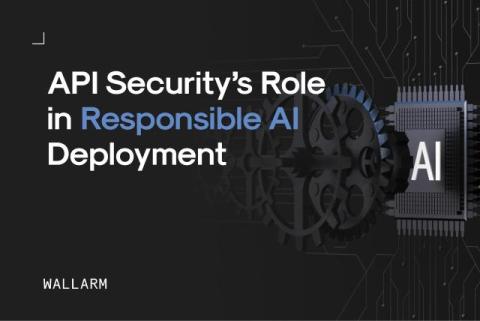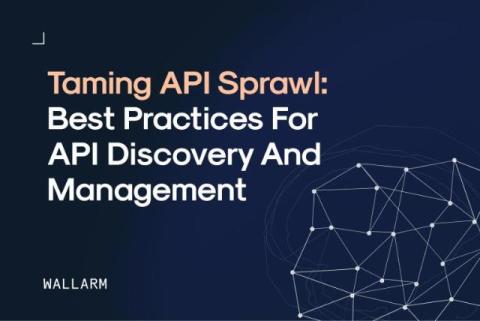API Security's Role in Responsible AI Deployment
By now, you will almost certainly be aware of the transformative impact artificial intelligence (AI) technologies are having on the world. What you may not be aware of, however, is the role Application Programming Interfaces (APIs) are playing in the AI revolution. The bottom line is that APIs are critical to AI systems – but they are also a major reason why AI systems are vulnerable to abuse. In this blog, we’ll explore why API security is critical for the safe and ethical deployment of AI.











